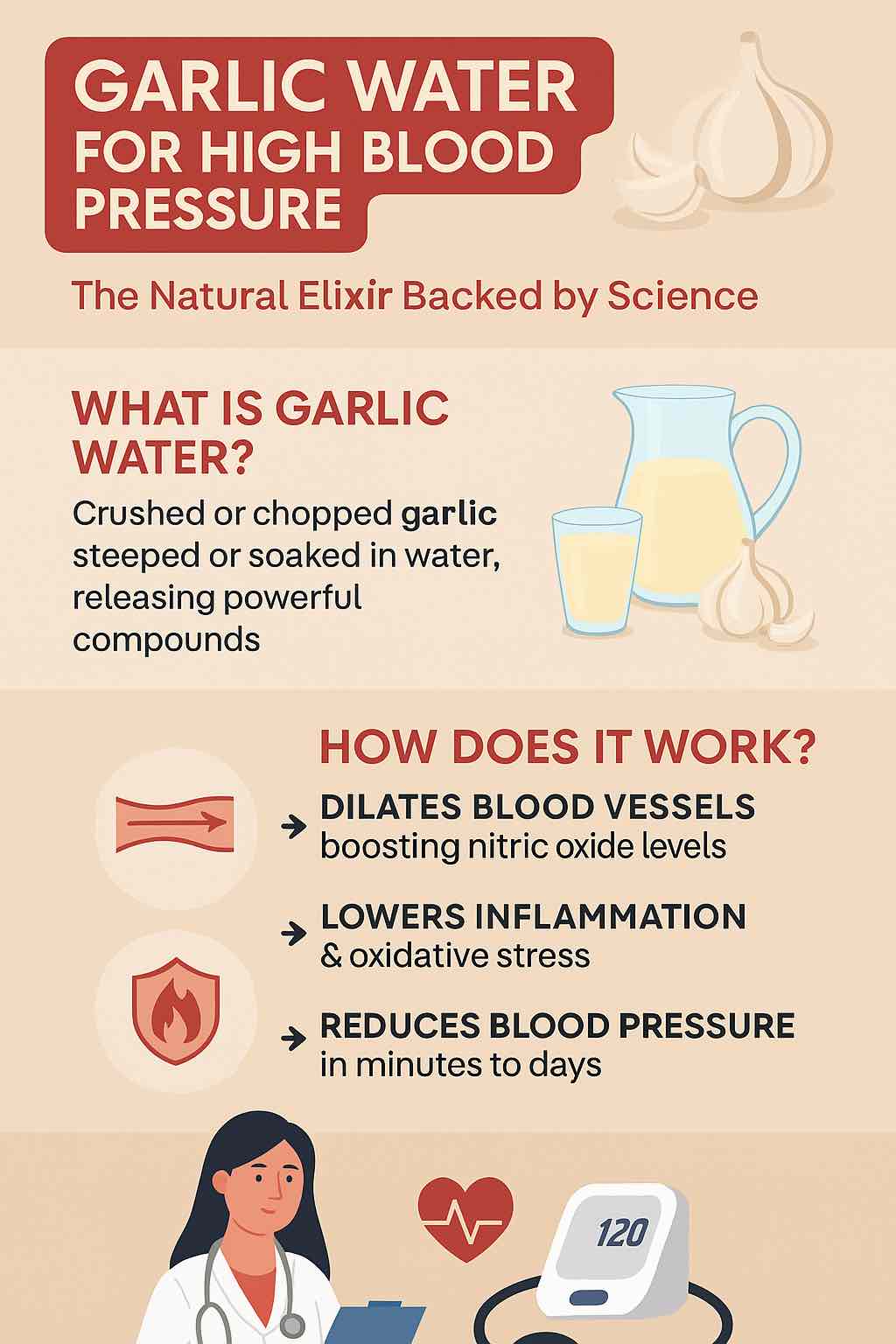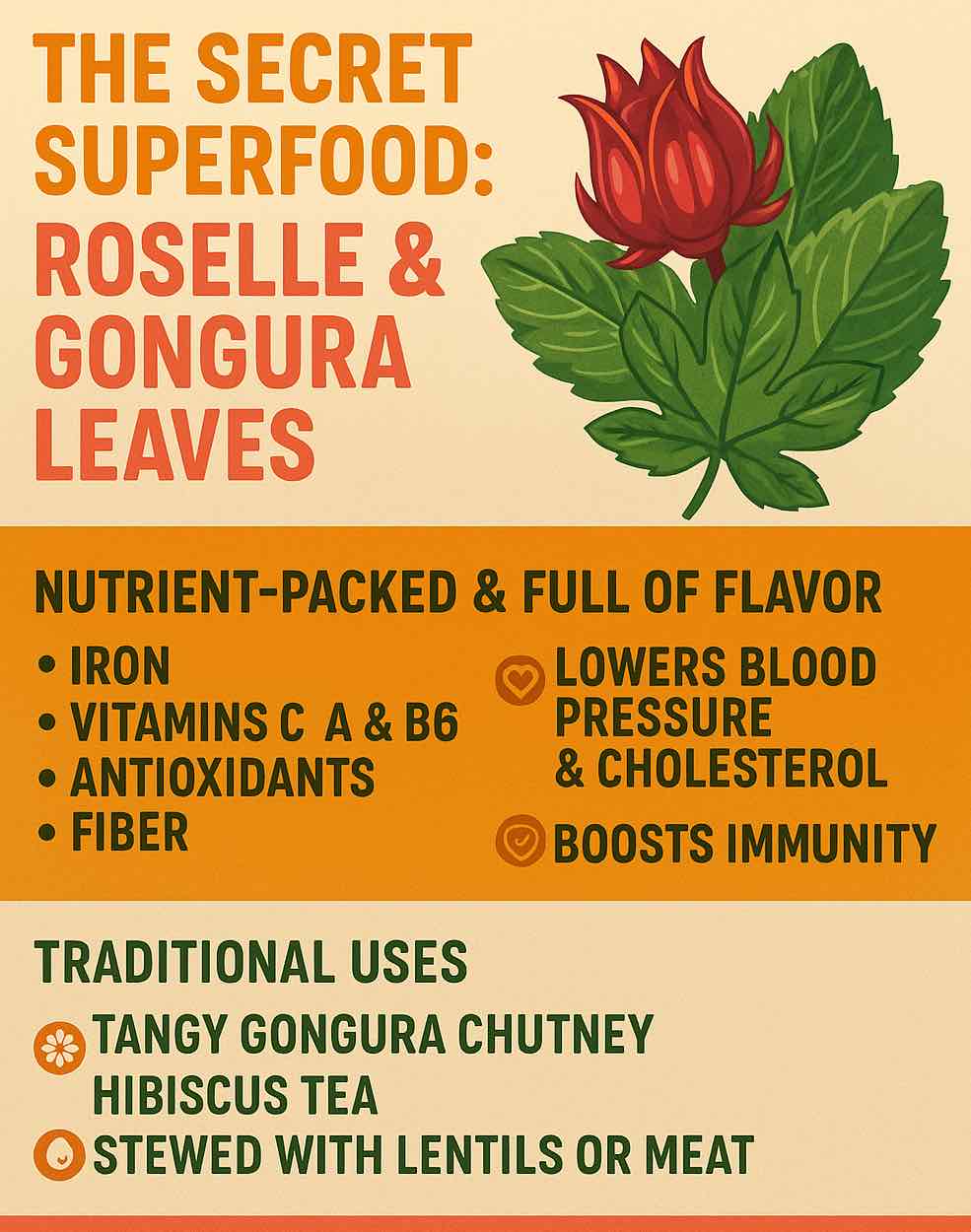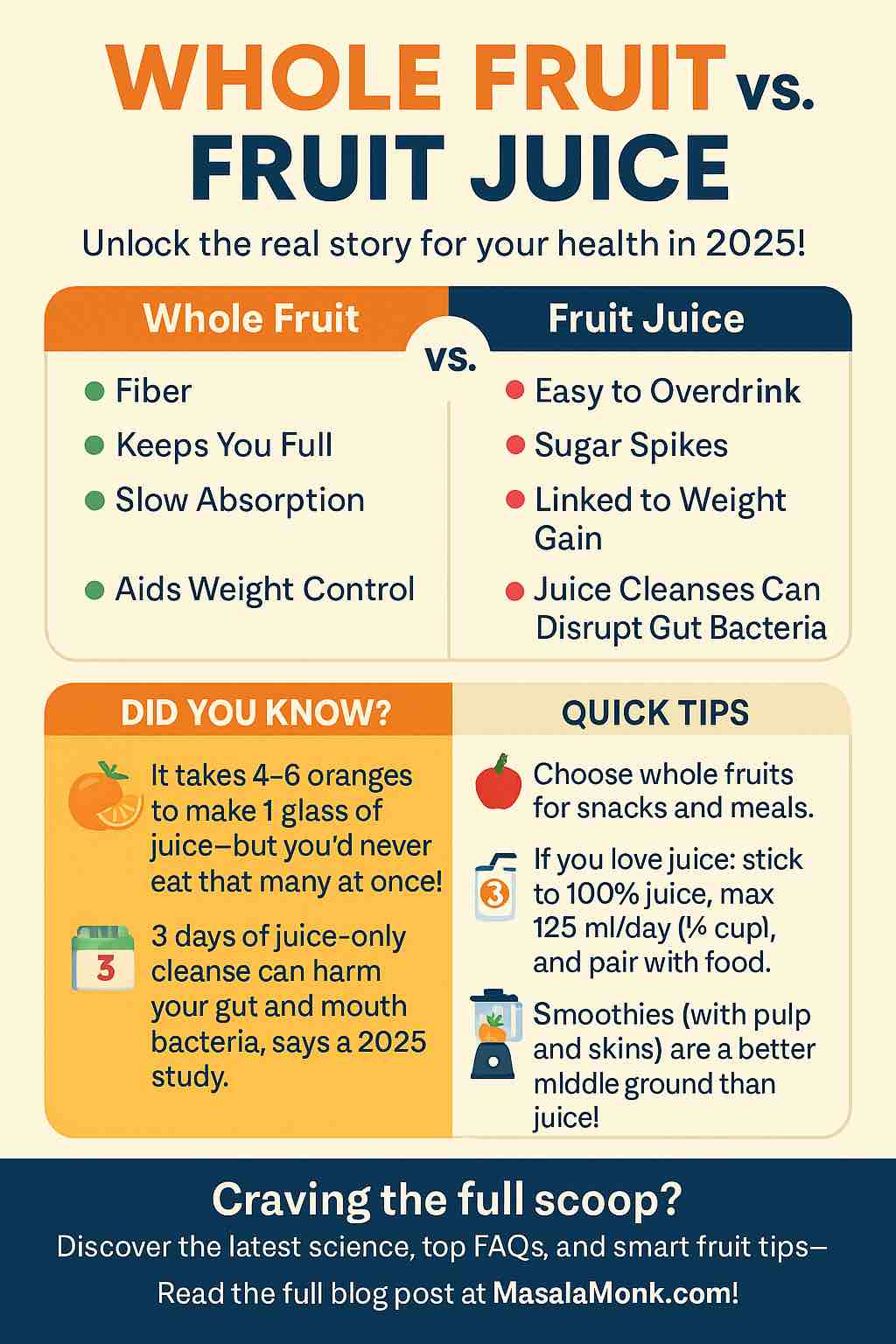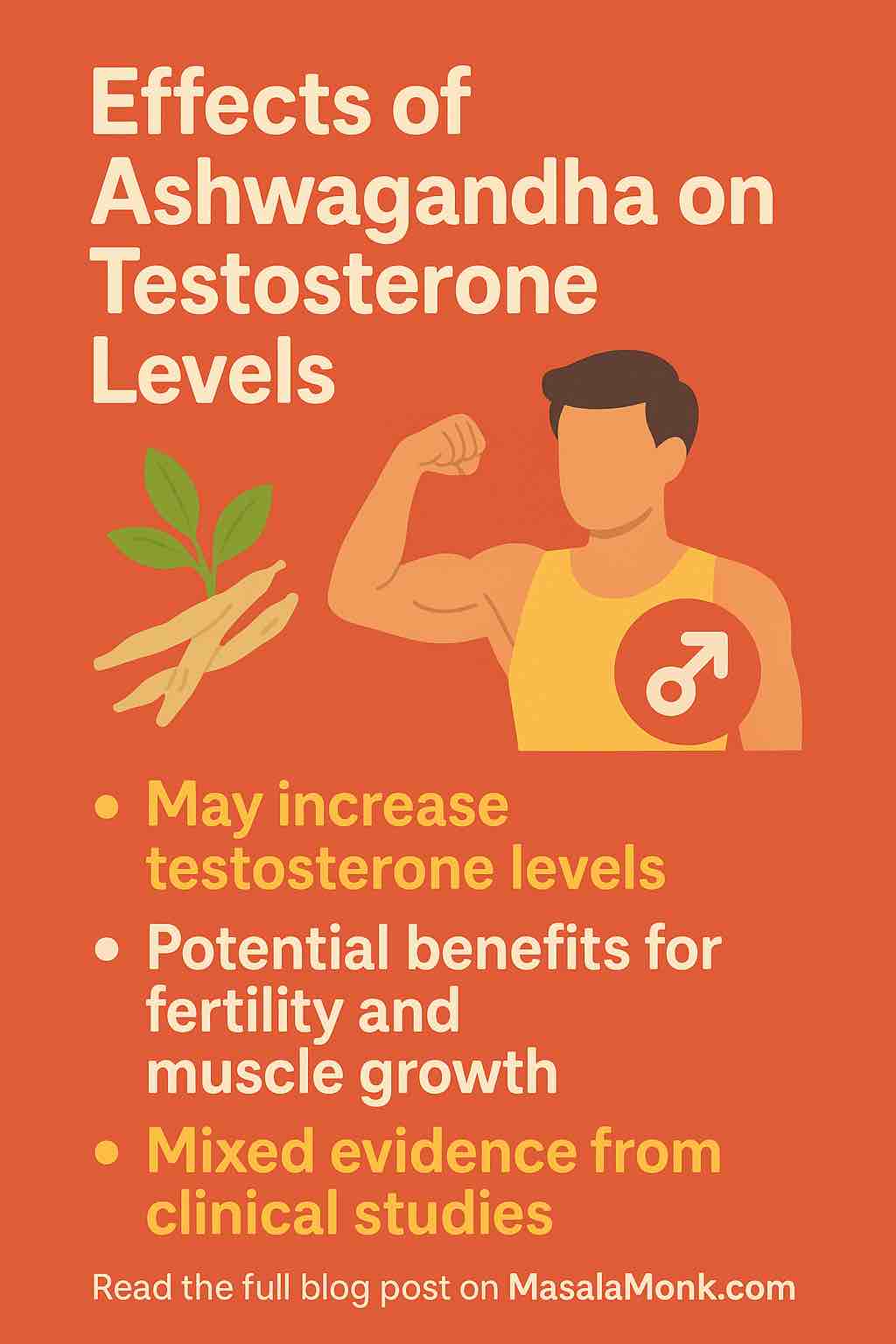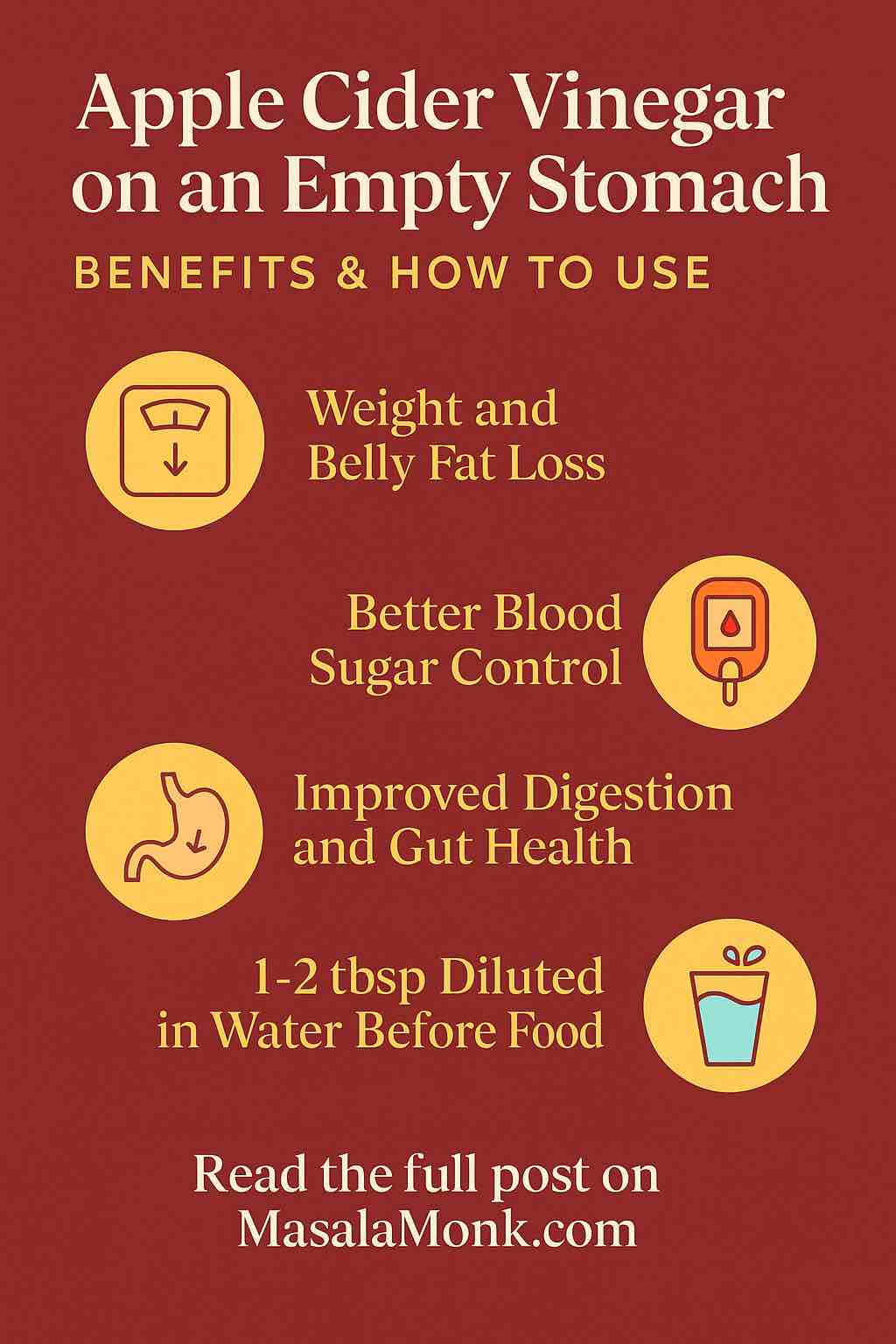
Apple cider vinegar (ACV) has gone from humble pantry staple to superfood sensation—thanks to everyone from fitness influencers to your grandma swearing by its health-boosting power. But does sipping ACV on an empty stomach actually live up to the hype in 2025, or is it just another wellness fad?
Let’s cut through the noise and dive deep into what the latest research says, how to use ACV for real results, and what you need to know to avoid common pitfalls.
Why Are People Drinking Apple Cider Vinegar in the Morning?
ACV’s roots go back centuries—used in ancient Greece as a digestive, in folk medicine for infections, and even in traditional Japanese meals. The recent clinical research now backs what many have experienced anecdotally: taking ACV before food may amplify its effects on metabolism, blood sugar, and satiety. That’s why you see it recommended first thing in the morning, when your stomach is empty and your system is most responsive.
Drinking diluted ACV first thing in the morning, before breakfast, has become a daily ritual for countless people chasing everything from fat loss to clearer skin. The most common claims are:
- Faster weight loss and fat burning
- Reduced bloating and better digestion
- Smoother blood sugar and more energy
- Lower cholesterol and heart protection
- Immune support and detox effects
But do these claims hold up in clinical studies? Here’s what the latest (2024–2025) research actually reveals.
1. Weight Loss and Fat Reduction: New Clinical Proof
The most exciting ACV news comes from a 2024 double-blind, placebo-controlled study out of Lebanon . Here’s the scoop:
- Overweight young adults took 15 mL of ACV (about 1 tablespoon) diluted in water on an empty stomach every morning for 12 weeks.
- They lost an average of 6–8 kg (13–17 lbs)—far more than the placebo group!
- Their BMI, waist and hip size, and body fat percentage all dropped significantly.
- No side effects were reported.
Other recent studies echo these findings: consistent morning ACV helps you shed stubborn fat, particularly around the belly .
Why does it work?
- ACV seems to suppress appetite, so you naturally eat less throughout the day.
- It also improves insulin sensitivity, reducing fat storage.
- Morning timing may be extra potent: a 2025 study found triple the visceral (belly) fat loss when ACV was taken before breakfast compared to later in the day .
2. Blood Sugar Balance for Lasting Energy
If you struggle with energy crashes or high blood sugar, ACV may help. A recent meta-analysis (2024) found that 2–3 tablespoons of ACV daily, especially before meals, led to:
- Lower fasting blood sugar and smaller post-meal glucose spikes
- Improved long-term blood sugar (HbA1c) in people with type 2 diabetes
How does this happen? ACV’s acetic acid slows how quickly your stomach empties and carbs are absorbed, creating a more gradual, sustained rise in blood sugar—and preventing that “sugar crash” later.
Pro tip: If you’re eating a carby breakfast (like oatmeal, toast, or cereal), drink your diluted ACV 10–15 minutes before for best results.
3. Cholesterol and Heart Health: More Than Just Hype
Multiple 2024 studies confirm that regular ACV use can:
- Lower LDL (“bad”) cholesterol and triglycerides
- Modestly boost HDL (“good”) cholesterol
- Improve overall heart health markers
These changes can be especially meaningful if you’re overweight or managing metabolic issues. But ACV isn’t magic—it works best as part of an overall healthy lifestyle.
4. Digestive Comfort and Gut Support
Ever feel bloated after a meal? Unfiltered ACV contains “the mother”—beneficial bacteria and enzymes that may support gut flora, aid digestion, and reduce mild bloating .
While evidence here is mostly anecdotal, some studies suggest that ACV helps produce more short-chain fatty acids (SCFAs), which nourish your gut lining and support immunity .
Drinking ACV on an empty stomach may:
- Stimulate stomach acid, aiding the breakdown of food (especially protein and fat)
- Ease symptoms of bloating, sluggish digestion, or mild reflux for some (always listen to your body!)
- Support a healthy microbiome, especially if you use raw, unfiltered ACV with “the mother” (those cloudy, stringy bits).
5. Antimicrobial Perks
ACV’s acetic acid and natural polyphenols can kill some bacteria and fungi in lab studies. People use it to sanitize veggies, ease sore throats, or as part of their oral hygiene routine (just never gargle it undiluted!) .
How to Actually Use ACV—A Practical Guide
Step 1: Start Small
- If you’re new to ACV, begin with 1 teaspoon (5 mL) in a large glass of water. Gradually increase to 1–2 tablespoons (15–30 mL), which is the amount used in most studies.
- Never drink it undiluted. Always use at least 250 mL (1 cup) of water—cold, room temperature, or warm is fine (not boiling hot).
Step 2: Timing Is Everything
- Best: First thing in the morning, at least 10–15 minutes before breakfast.
- Also helpful: Before the largest or most carb-heavy meal of your day (e.g., before lunch or dinner if that suits your routine better).
- If you try ACV at night for blood sugar/fasting benefits, leave a 2–3 hour gap before lying down to avoid reflux.
Step 3: Make It Tasty and Sustainable
- Add a squeeze of fresh lemon for a vitamin C kick and better flavor.
- A dash of cinnamon boosts metabolism and adds a warming note.
- Sweeten with a few drops of stevia or raw honey if you like, but keep added sugar minimal.
Step 4: Protect Your Teeth
- ACV is acidic; regular contact can weaken enamel.
- Drink through a straw.
- Rinse your mouth with plain water afterward.
- Wait 30 minutes before brushing your teeth.
Step 5: Make It a Ritual, Not a Chore
- Tie your ACV habit to another morning routine—like after you brush your teeth or before you read your emails.
- Track your progress: measure your waist, take photos, or jot down notes on your digestion and energy every 2–4 weeks.
Practical ACV Morning Ritual
Here’s a simple way to make it a healthy (and maybe even enjoyable!) part of your morning:
Recipe: ACV Morning Tonic
- 1 tbsp raw, unfiltered apple cider vinegar
- 1 cup (250 mL) cold or warm (not hot) water
- Optional: squeeze of fresh lemon, dash of cinnamon, or a few drops of stevia/honey for taste
Stir, sip slowly, and follow up with your regular breakfast after 10–15 minutes.
What Real Users Notice: Realistic Results & Tips
Week 1–2:
- Some people report immediate reduction in bloating and a decrease in appetite.
- Others need to adjust to the tart taste—diluting more and adding flavor helps!
Week 3–4:
- Appetite and sugar cravings drop for many.
- Energy is more stable, especially late morning and after meals.
- Early signs of weight change may show up, especially if paired with other healthy habits.
Weeks 5–12:
- Noticeable changes in waist, clothing fit, and body composition.
- Improvements in blood markers (cholesterol, glucose) often seen on labs.
Long-Term:
- ACV becomes an easy, automatic part of a healthy lifestyle.
- Many people stick with it because it’s cheap, accessible, and provides visible and felt benefits.
Who Should Be Cautious?
- If you have acid reflux (GERD), ulcers, kidney disease, or are on potassium-lowering or diabetes medication, always talk to your healthcare provider before starting daily ACV.
- Pregnant or breastfeeding? There’s no strong research for or against; err on the side of caution and consult your doctor.
- If you notice throat burning, ongoing nausea, or tooth pain, back off the dose, dilute more, or try every other day.
Beyond the Morning Tonic: Creative Ways to Get Your ACV
- Use ACV as a base for homemade vinaigrette—great over salads or roasted veggies.
- Mix with sparkling water and a splash of juice for a refreshing, low-sugar “soda.”
- Add to soups, marinades, or drizzle over steamed greens for extra tang and flavor.
Maximizing Your Results: Practical Tips
- Combine with protein: ACV works even better if your first meal is rich in protein (eggs, Greek yogurt, tofu scramble).
- Stay consistent: Lasting results come from daily use—set a calendar reminder if needed.
- Pair with movement: A morning walk or light stretching can supercharge ACV’s metabolic boost.
Bottom Line: Is Apple Cider Vinegar Worth It?
The latest science says yes—if you use it right. Daily, diluted ACV (especially on an empty stomach) can:
- Support steady weight loss and fat reduction
- Improve blood sugar and cholesterol
- Aid digestion and help your gut
- Give a small antimicrobial boost
It’s not a miracle solution, but it’s a powerful tool in your health toolkit—cheap, easy, and low-risk for most people.
Ready to try it? Start slow, listen to your body, and give yourself a few weeks to see results. Wellness is a journey—and sometimes, simple habits make the biggest difference.
FAQs
1. Can I drink apple cider vinegar every day?
Yes, most studies use daily intake of 1–2 tablespoons diluted in water. Daily use is safe for most healthy adults if properly diluted, but always listen to your body and start with a lower dose to assess tolerance.
2. Should I take ACV before or after eating?
For best results, take ACV 10–15 minutes before eating, especially in the morning on an empty stomach. This timing maximizes its effects on blood sugar, satiety, and digestion.
3. How much apple cider vinegar should I use?
Start with 1 teaspoon (5 mL) and gradually increase to 1–2 tablespoons (15–30 mL) diluted in at least 1 cup (250 mL) of water. Most benefits are seen in this range.
4. Can I use ACV if I have acid reflux or ulcers?
Caution is advised. ACV can worsen reflux or irritate ulcers in some people. If you have GERD, peptic ulcers, or a sensitive stomach, consult your doctor before using ACV regularly.
5. Does ACV interact with any medications?
Yes, ACV may interact with diabetes medications, diuretics, and drugs that lower potassium levels. Always check with your healthcare provider if you take prescription meds.
6. Will ACV help me lose weight without diet or exercise?
ACV can support weight loss by curbing appetite and improving blood sugar, but results are best when combined with a balanced diet and regular physical activity.
7. Is it better to use raw, unfiltered ACV?
Yes, raw, unfiltered ACV with “the mother” contains beneficial bacteria and enzymes believed to enhance gut health and offer greater health benefits.
8. Can I take ACV at night?
Some people take ACV at night to help with blood sugar stability and late-night cravings. If you try this, take it at least 2–3 hours before bed to reduce the risk of reflux.
9. What are the side effects of drinking ACV?
Possible side effects include throat irritation, tooth enamel erosion, mild nausea, and digestive upset—especially if taken undiluted. Always dilute ACV and rinse your mouth with water afterward.
10. Can children or pregnant women take ACV?
There isn’t enough research to recommend daily ACV for children or pregnant women. Occasional use in foods is fine, but consult a healthcare provider before regular supplementation.

